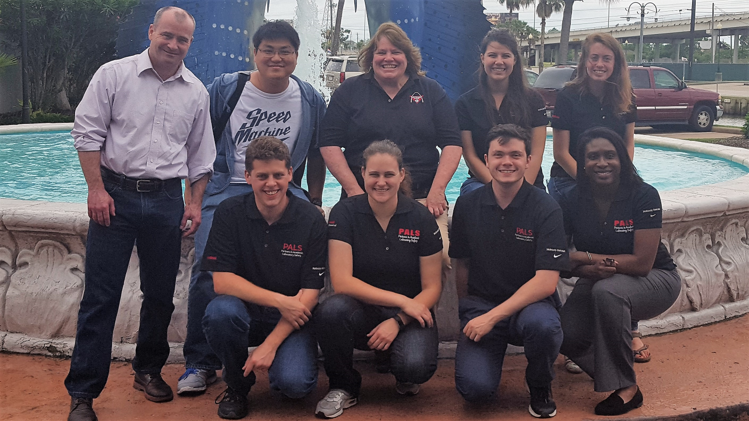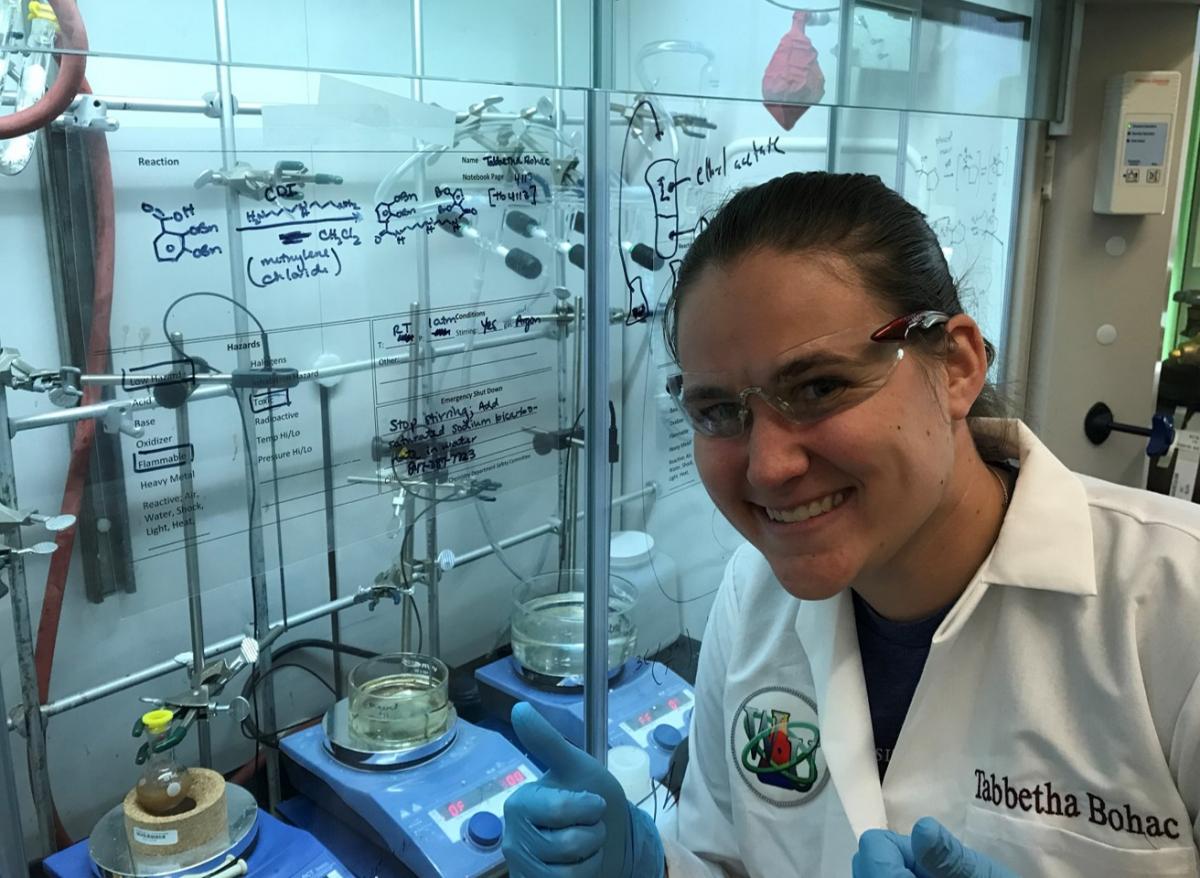Often times those who monitor our safety, those who lookout for spills and slip-ups and aid in their prevention, go unnoticed. In an exciting opportunity to break this trend, Bruce Backus, the assistant vice chancellor for Environmental Health & Safety, recognized the Chemistry Peer Review Safety Group in the form of a safety award presented this year. This award celebrates the group’s efforts to improve the safety culture in the department of chemistry, and the phrase “safety culture” is one that rings true: safety must be cultivated, and the Chemistry Peer Review Safety Group is certainly making strides to do just that.

The Chemistry Peer Safety Group was created in the fall of 2014 after a group of graduate students on the chemistry department’s safety committee were prompted by faculty to create an accessible, student-run group. The students who were on the department’s safety committee at the time recruited several additional graduate students from the many research labs in the chemistry department to join together to form the group—now comprised of at least one member from each of the chemistry labs. Group members include Tabbetha Bohac, Nick Ahlemeyer, Jinlei Cui, Faith Scott, Joe Warner, Brian Wieliczka, Nick Alaniva, Justin Lyle, Meikun Shen, Ike West, Kaitlyn Faries, Chukun Gao, Dan Mulrow, Gina Tran, Kendra White, Chanez Symister, Luis Gonzalez, Jason Schaffer, and Yanjing Wang.
The purpose of this group is twofold: first and foremost, the group functions as fresh eyes in the lab to monitor for potential safety hazards. The peer reviewers are not auditing or inspecting, but rather they educate lab members on the best safety practices and look for any risks that may have been overlooked. This could be general housekeeping matters: making sure that benches are kept tidy, spills are cleaned up right away, no items are on the floor; labeling: making sure chemicals, secondary containers, and containers of unwanted material are properly labeled; or safety signage: making sure all the safety contact signs are up to date, and making sure the fridges and microwaves have the correct signage on them.

Rachel Dunn, an administrator officer in the chemistry department, helped detail the other fundamental component of this group, saying, “The Peer Safety Group is fantastic because it’s the graduate students themselves taking responsibility for their own safety and the safety of their peers. It’s not something that’s been mandated by the faculty, their research advisors, or the administration. The grad students in the group have a great passion for maintaining a safe research environment and it’s infectious.” This group fills a specific role on campus, one of student safety educators, making them a necessary fixture but also, more importantly, an approachable resource.
The Peer Safety Group gathers once or twice each semester to decide on the particular safety topics they want to address. Graduate student Tabbetha Bohac described these gatherings. “An average meeting involves bringing in a guest speaker to talk to us about a specific topic. The last two guests have been Donna Hall, the environmental compliance manager, who discussed waste management and Lauren Gunther, a health and safety professional in the medical school, who does our lab audits in the chemistry building as well. The guests talk to us about recommended practices and answers any questions.” “The second half of the meeting involves doing peer-to-peer safety inspections of labs of similar focus. During these walk-throughs, we focus on the topics discussed in the first part of the meeting,” says Bohac. Group members will look for safety hazards or concerns in their peer’s labs, point them out, help their peers address the safety concerns, and share the best safety practices to resolve the complication at hand.

Many of those in the Peer Safety Group have also participated in the Partners for Academic Lab Safety (PALS) program with ExxonMobil. The chemistry department’s safety committee and some employees at ExxonMobil get together twice a year, with one gathering taking place on WashU’s campus and one on site at ExxonMobil in Houston. These meetings aim to discuss lab safety, best practices, and to help both groups improve in lab safety. These are great opportunities for graduate students to network with chemists in industry, see industrial chemistry labs, and learn about the intense safety training and rules that are required in chemical industry.
“It’s great to see WashU Environmental Health & Safety recognizing our efforts. We work closely with EH&S to ensure that the members of our department are working safety and happily towards their goals,” says Bohac. “The safety group is just overall a great group to meet people in other labs, learn from each other and share best practices. It really allows us stress the importance of safety in this department.” While the Peer Safety Group works to stress the importance of safety in the chemistry department, the group’s recognition emphasizes the role of safety on a broader scale—the culture of safety at work.



